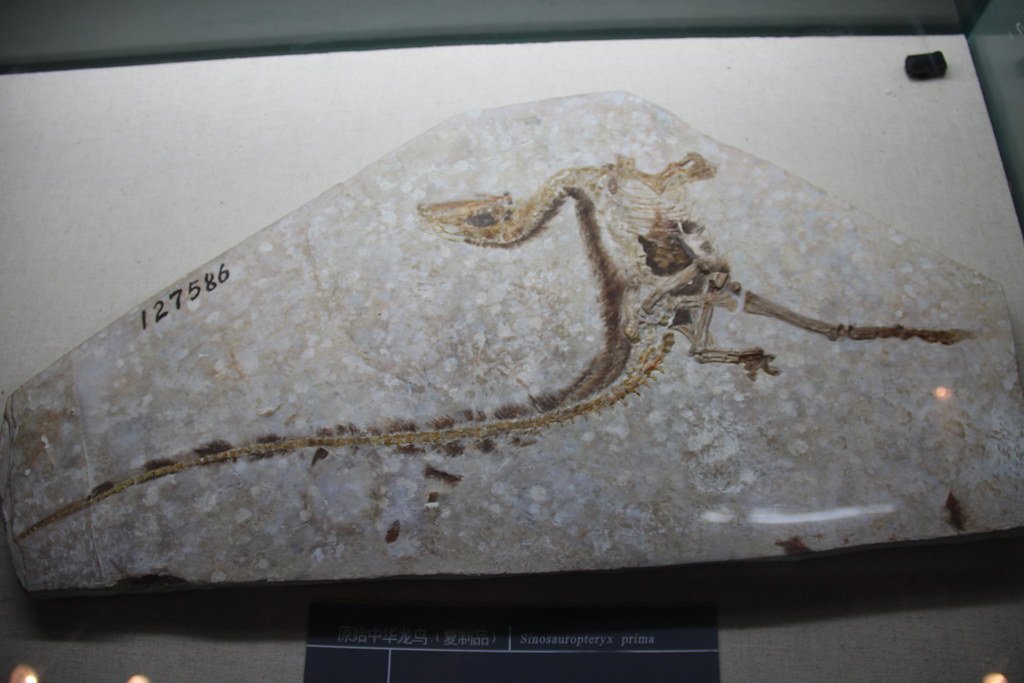Imagine a world where dinosaurs are not just scaly beasts but vibrant, feathered creatures with a kaleidoscope of colors. This image might sound like something out of a fantasy novel, but science tells us it’s closer to reality than we once thought. The discovery of dinosaur feathers has revolutionized our understanding of these ancient creatures and offered profound insights into the evolutionary processes that shaped them. This journey into the past, painted in hues of feathers, challenges our perceptions and invites us to explore the vibrant tapestry of life that once roamed the earth.
The Dawn of Feathered Dinosaurs
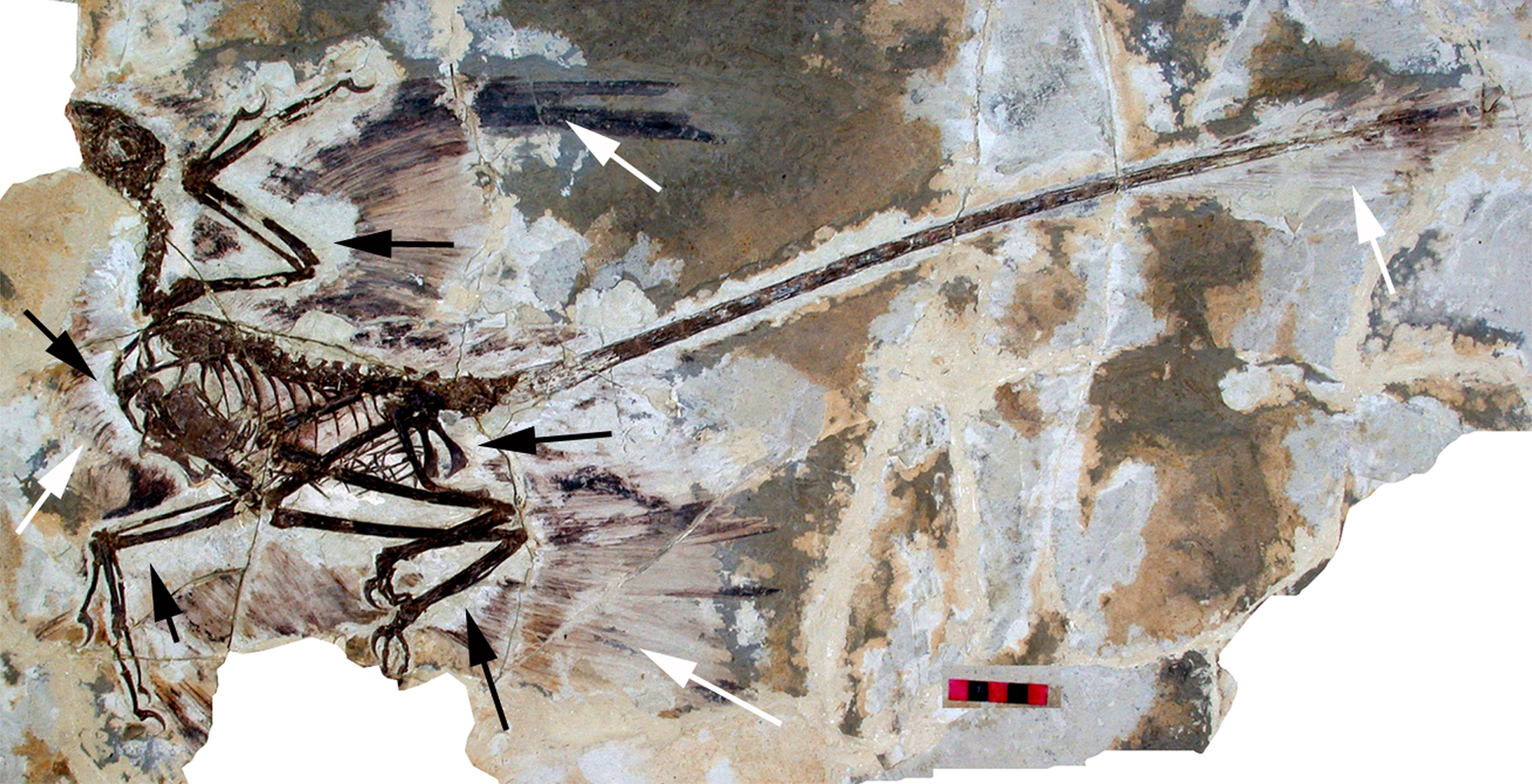
The notion that dinosaurs had feathers was once a radical idea. For decades, dinosaurs were depicted as massive, scaly reptiles. However, the discovery of feathered dinosaur fossils in the Liaoning Province of China in the 1990s changed everything. These fossils, preserved in remarkable detail, showed evidence of feathers on creatures like the Sinosauropteryx, a small, carnivorous dinosaur. This groundbreaking find opened the floodgates to a new understanding of dinosaur biology and behavior, suggesting a closer link between dinosaurs and modern birds than previously thought.
Feathers: More Than Just Flight
While many associate feathers with flight, their original purpose likely had nothing to do with taking to the skies. Early feathers may have evolved for insulation, helping dinosaurs regulate their body temperature. This adaptation would have been especially beneficial in varying climates, allowing these creatures to thrive in diverse environments. Additionally, feathers could have served as a means of display, aiding in attracting mates or intimidating rivals. The multifunctionality of feathers demonstrates the complexity of evolutionary adaptations and how they can serve multiple purposes over time.
The Colorful Palette of Dinosaur Feathers
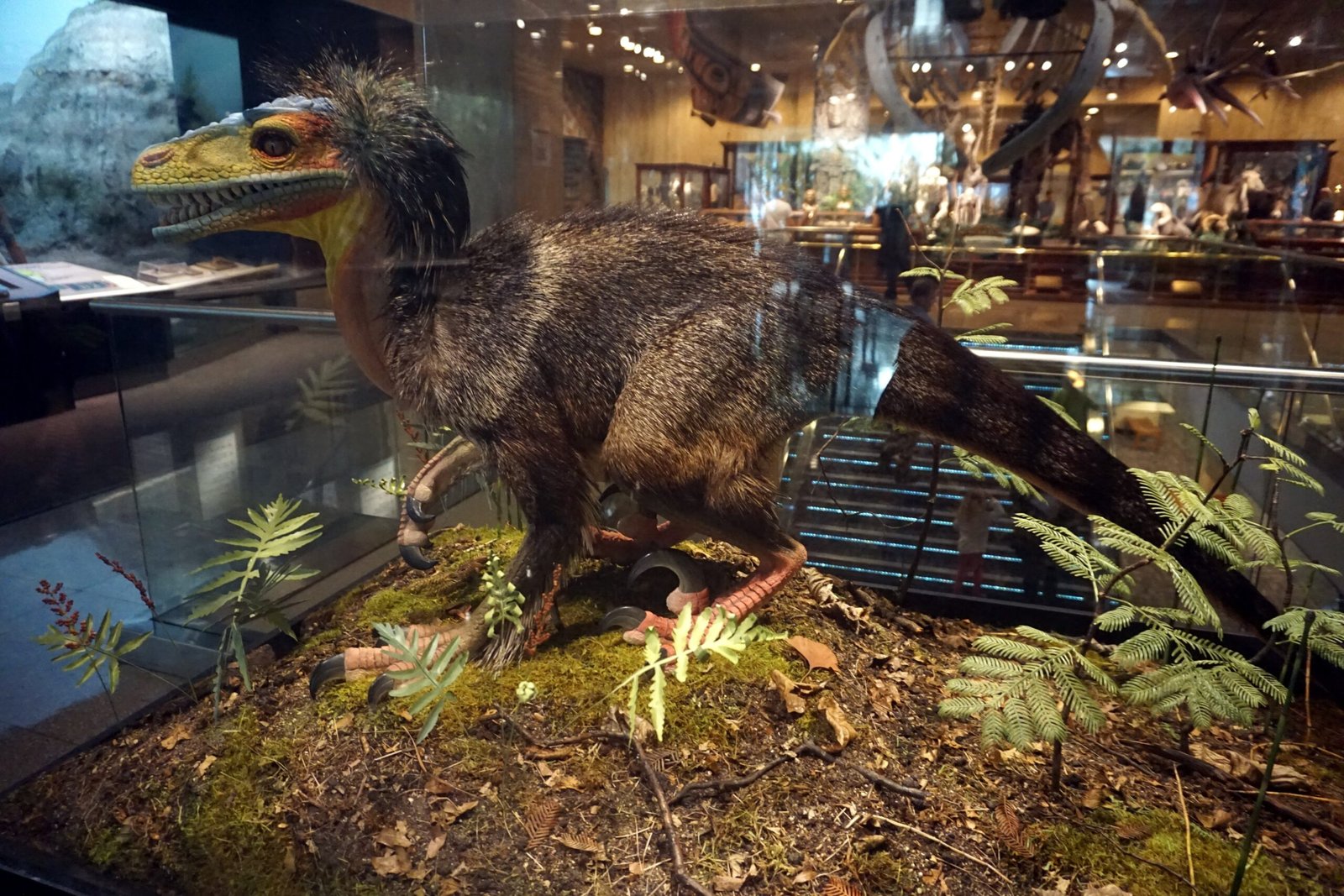
One of the most enchanting revelations about dinosaur feathers is their potential for color. Recent studies have analyzed microscopic structures called melanosomes found in fossilized feathers. These structures are responsible for pigmentation, and by comparing them to modern birds, scientists can infer the colors of dinosaur plumage. This research suggests a world where dinosaurs sported a range of colors, from earthy browns to vibrant reds and blues. Such diversity in appearance could have played a significant role in social interactions, camouflage, and species recognition.
Feathered Friends: The Link to Modern Birds

The connection between dinosaurs and birds is now well-established, with feathers being a crucial piece of the puzzle. Birds are considered the direct descendants of theropod dinosaurs, a group that includes the infamous Tyrannosaurus rex and the agile Velociraptor. The evolution of feathers in these creatures likely led to the development of flight in their avian descendants. This evolutionary link highlights the continuity of life and how traits can evolve over millions of years, leading to the rich biodiversity we see today.
The Role of Feathers in Dinosaur Behavior
Feathers likely played a pivotal role in the behavior and social dynamics of dinosaurs. For instance, elaborate feather displays could have been used in courtship rituals, much like modern peacocks. Additionally, feathers might have been used for communication, signaling aggression or submission among individuals. These behavioral adaptations would have given feathered dinosaurs a significant advantage in their ecosystems, influencing their survival and reproduction. Understanding these behaviors offers a glimpse into the daily lives of these fascinating creatures.
Feathers as a Tool for Survival
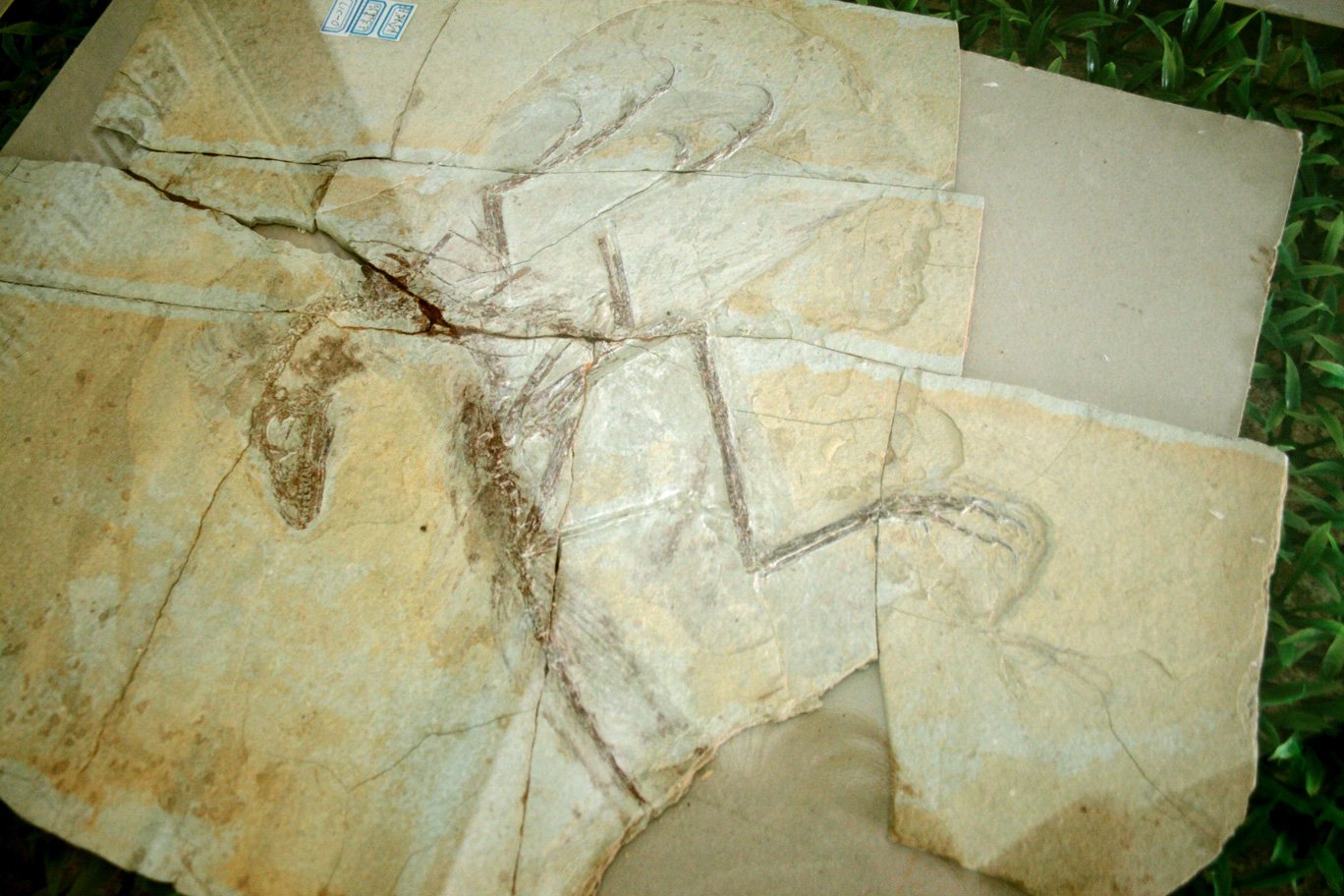
In the harsh and competitive world of the Mesozoic era, survival was paramount. Feathers provided dinosaurs with an edge, whether through insulating against the cold, offering camouflage from predators, or aiding in swift, agile movements. This adaptability would have been crucial for thriving in a world filled with predators and environmental challenges. The versatility of feathers as a survival tool underscores the ingenuity of nature and the relentless drive for adaptation and survival in the face of adversity.
Scientific Techniques Unveiling Feathered Wonders

The study of dinosaur feathers has been propelled by advances in technology and scientific methods. Techniques such as scanning electron microscopy and synchrotron radiation have allowed scientists to examine fossilized feathers in exquisite detail. These methods have revealed the structure, pigmentation, and even the possible iridescence of dinosaur feathers. Such detailed analysis provides a clearer picture of these ancient creatures, bridging the gap between the prehistoric past and our modern understanding of life on Earth.
Challenging Traditional Dinosaur Depictions
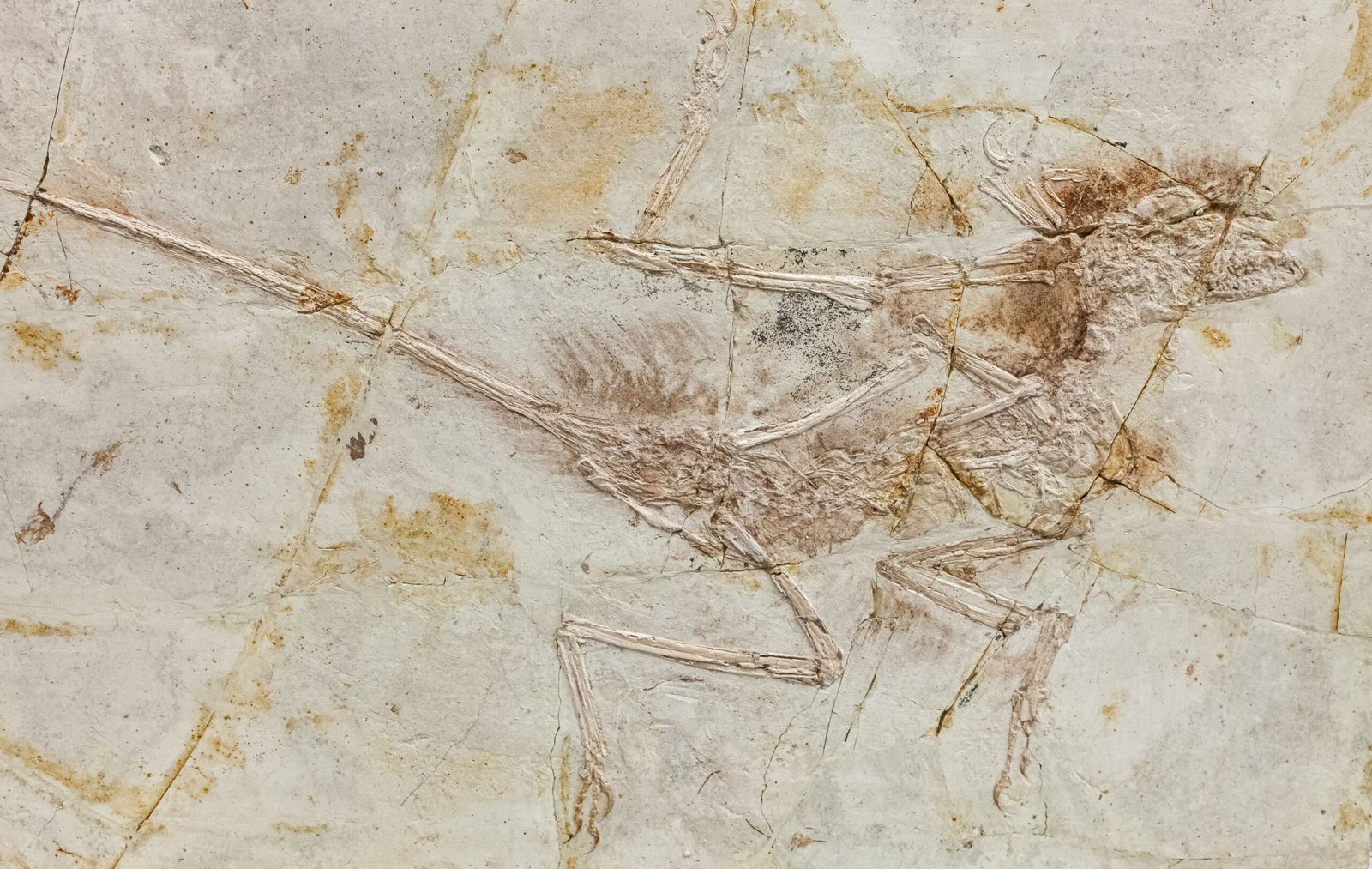
The revelation of feathered dinosaurs has challenged traditional depictions of these creatures in media and popular culture. Movies, books, and art have often portrayed dinosaurs as scaly, monochromatic beasts. However, the reality of vibrant, feathered dinosaurs has prompted a reevaluation of these portrayals. This shift not only enhances our appreciation of the complexity and diversity of dinosaurs but also encourages a broader understanding of science and its evolving nature. As new discoveries continue to emerge, our image of dinosaurs will undoubtedly continue to evolve.
The Evolutionary Significance of Feathers
The evolution of feathers is a testament to the power of natural selection and adaptation. From simple filamentous structures to complex, colorful plumage, feathers have undergone significant transformation over millions of years. This evolutionary journey highlights the dynamic nature of life and the continuous interplay between organisms and their environments. The study of dinosaur feathers offers valuable insights into the mechanisms of evolution, illustrating how small changes can lead to significant, lasting impacts on the course of life.
Reflecting on the Feathered Legacy

The discovery of feathered dinosaurs has reshaped our understanding of these ancient creatures and their place in the tree of life. It challenges us to rethink our perceptions and embrace the complexity and wonder of evolution. This feathered legacy serves as a reminder of the interconnectedness of life and the ever-evolving tapestry of nature. As we continue to uncover the mysteries of the past, we are reminded of the beauty and diversity that has shaped our world. What other secrets might the fossil record hold, waiting to be discovered?

